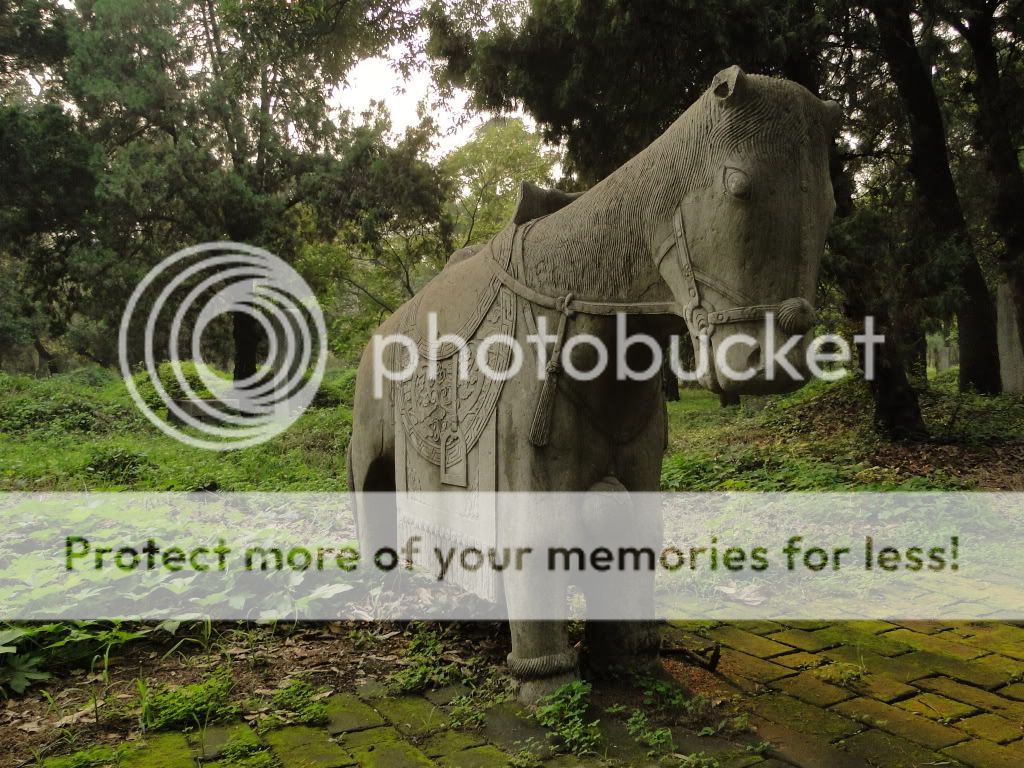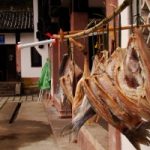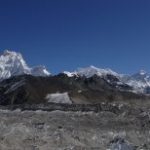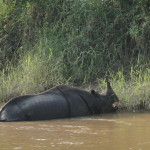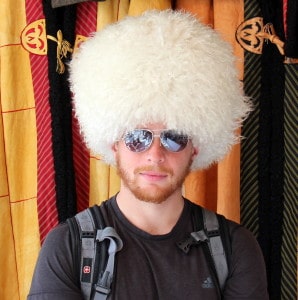The city of Qufu is super famous in China as the birthplace of the sage Confucius. Though he didn’t always fare so well in life, after his death Confucius’ descendents were promoted to nobility by Imperial decree. Qufu is replete with Confucian sites, but the big three are known as the “San Kong” or “Three Confucian” attractions.
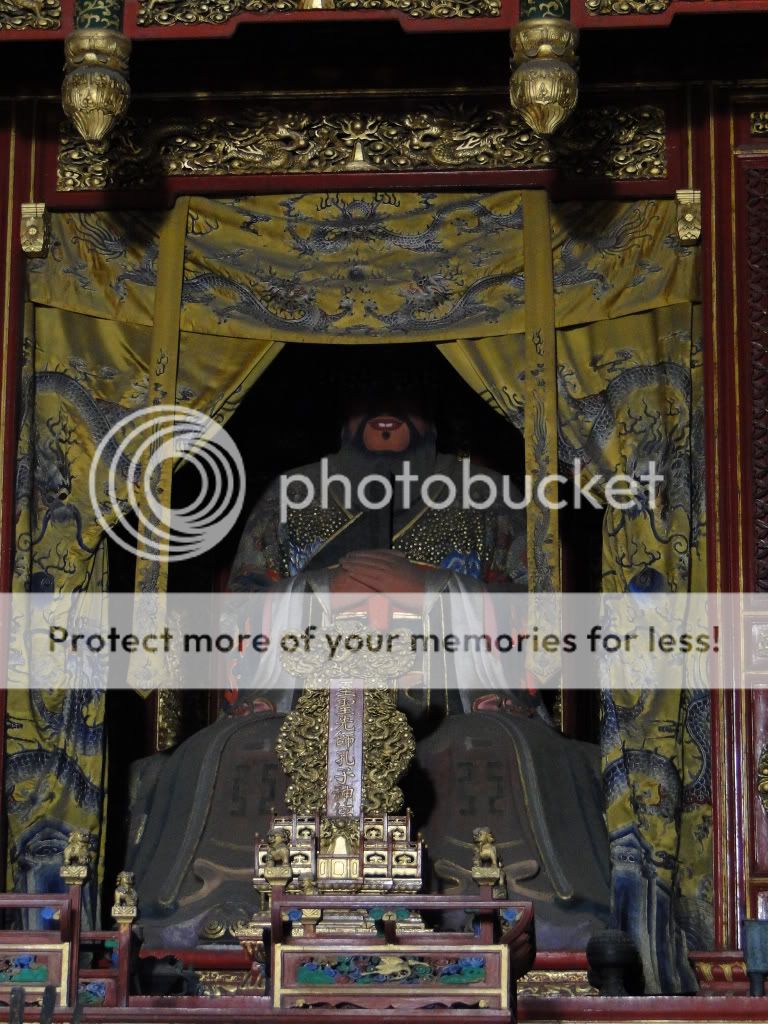
This first, and by far most crowded, of these sites is the Confucian temple. This is where Confucius did much of his teaching and features several pavilions and stele constructed by admiring Emperors subsequent to his death.
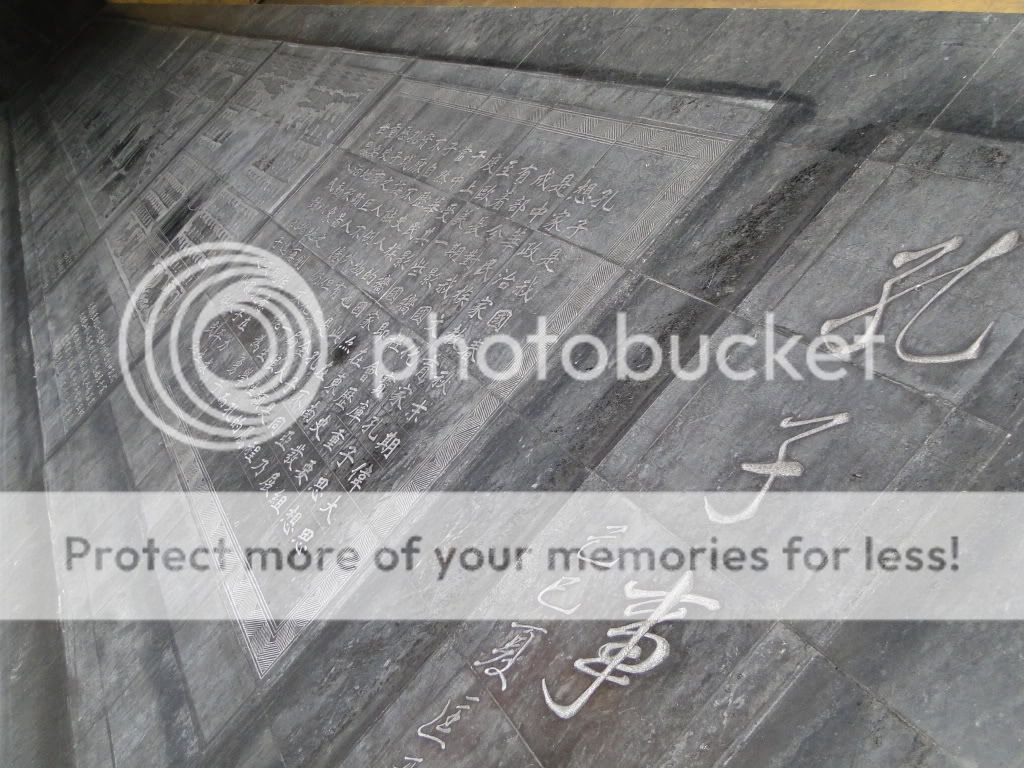
The second big site is the Kong family mansion, where Confucius once lived and which was expanded numerous times by his progeny through the money and acclaim showered upon them as a sign of Imperial favor.

By far my favorite of the three big sites, though, was the Confucian cemetery. Though Confucius’ grave is a big (and busy with tourists) overgrown mound just behind the main temple in the compund, the rest of the cemetery is all open grassy paths winding through a little forest in the middle of a Chinese city.
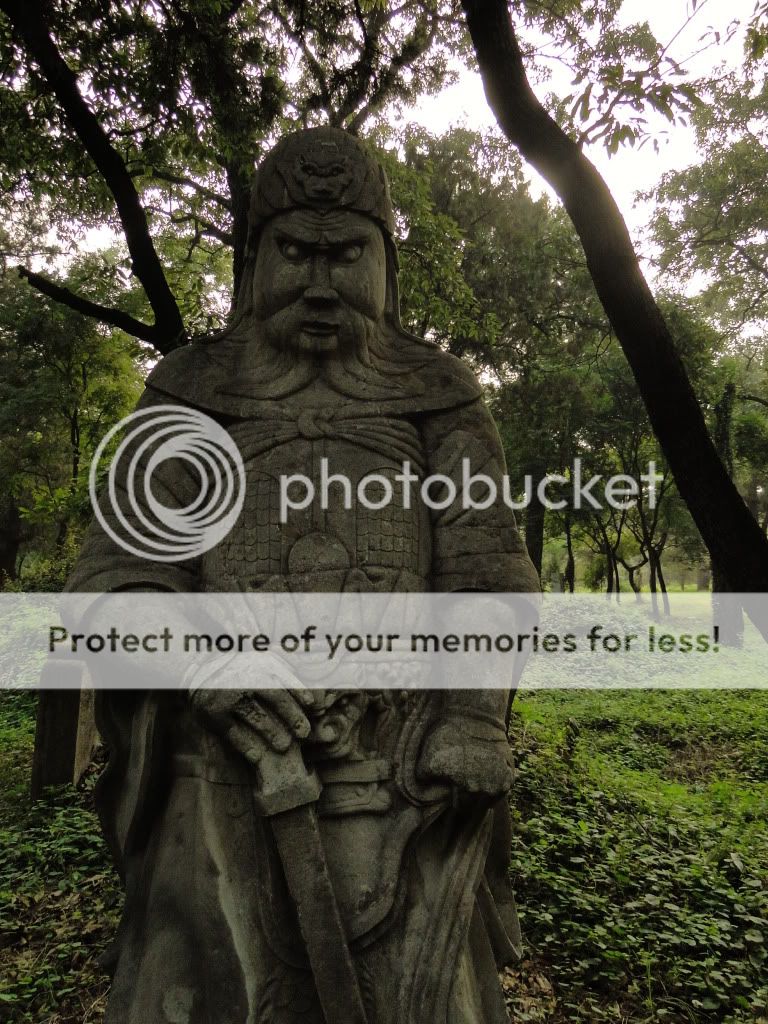
It was, perhaps, one of the most peaceful and quiet places I’ve ever found in a Chinese city. That is not a statement to be taken lightly.

Particularly awesome were all the stone statues leading up to the more important grave sites, perhaps intended to guarantee a peaceful afterlife for the dead they were dedicated to.
